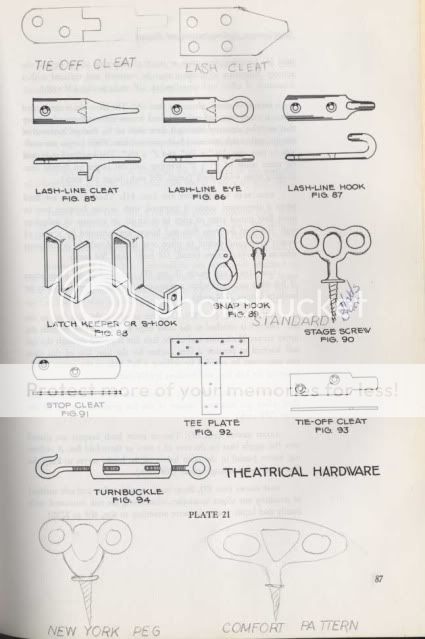Alright, I did some searching around and I can't find ant tips.
our stage deck is a hardwood floor that has taken quite a beating. I want to get some funding to re-finish it. Does anyone know of any quick and easy methods of sanding a large area? Also, any good sealants? Yes, it is a hardwood floor (the stage was installed in 1920 and was refurbished in 1970.) Right now I'm thinking just go to home depot or menards and pick up some good hard wood sealant and give it three or four coats. They (the administration) will not let the floor be painted. The only problem is the floor has several very deep gashes... and they do set construction on the stage since we don't have a scene shop, not to mention that a wind ensemble practices on stage four days a week. It needs to be done, the floor is chipping and it is only getting worse. We can't put gaffers tape on it anymore because it pulls up some floor with it when we remove it. Sugesstions?
our stage deck is a hardwood floor that has taken quite a beating. I want to get some funding to re-finish it. Does anyone know of any quick and easy methods of sanding a large area? Also, any good sealants? Yes, it is a hardwood floor (the stage was installed in 1920 and was refurbished in 1970.) Right now I'm thinking just go to home depot or menards and pick up some good hard wood sealant and give it three or four coats. They (the administration) will not let the floor be painted. The only problem is the floor has several very deep gashes... and they do set construction on the stage since we don't have a scene shop, not to mention that a wind ensemble practices on stage four days a week. It needs to be done, the floor is chipping and it is only getting worse. We can't put gaffers tape on it anymore because it pulls up some floor with it when we remove it. Sugesstions?







